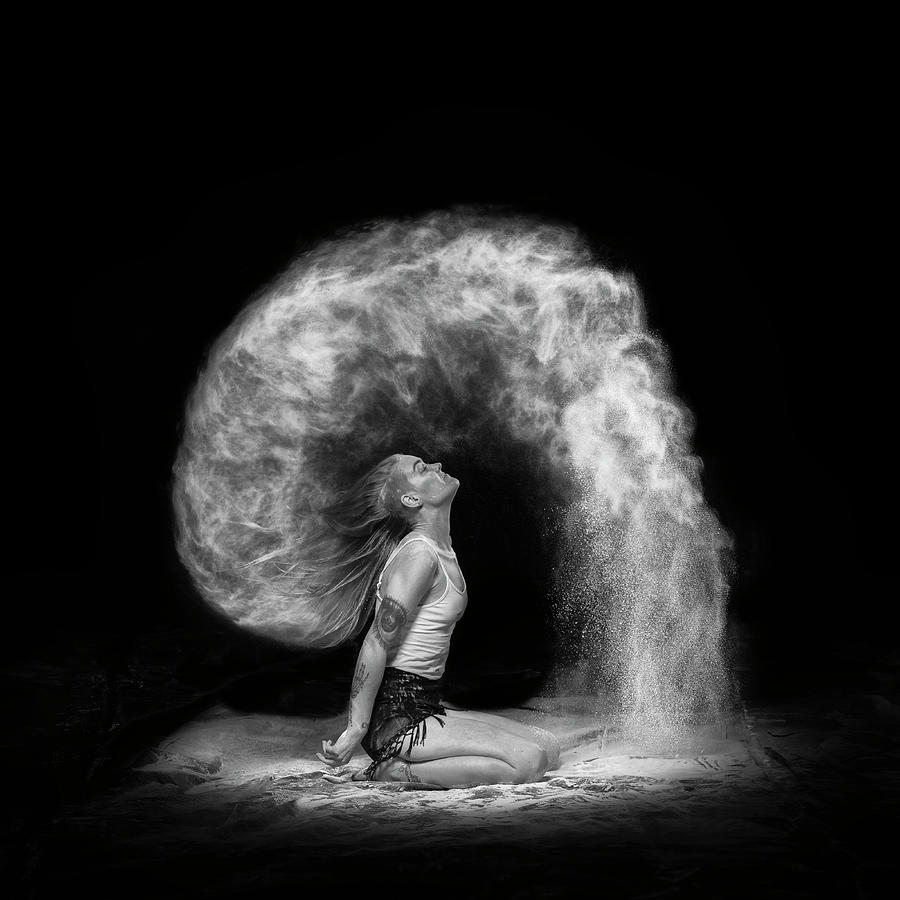
At least, he doesn’t want Harlow messing it up for him. Gable’s got to figure out how to seduce Astor while keeping it not just from Raymond, but somewhat from Harlow as well. Only then Harlow shows back up because of plot contrivance-albeit a logical enough one-and Gable doesn’t want her contaminating blue blood Astor. Raymond arrives ill, so Gable and Astor have to nurse him back to health. Raymond’s Gable’s new engineer, Astor is the wife he wasn’t supposed to bring. After the jump ahead, Astor and husband Gene Raymond. Once Gable’s doing nothing but romancing Astor, well… if the script were avoiding anything, it’d be hard to tolerate Gable.Īnyway. Not blissfully, it’s not an intentional move on Mahin’s part, it’s just baked in no one would ever think about those things, which almost plays to its favor.

John Lee Mahin’s script is rather unaware of itself. Red Dust is great for passive displays of not just white man’s “burden” but also toxic masculinity and privilege. She’s sweet on Gable, even though he’s an abject asshole he doesn’t even seem to notice. They’ve been shacked up, but it’s time for her to go. So once she and Gable hook up, the movie jumps ahead three weeks or so. Red Dust is Pre-Code but it’s still 1932 and all. Harlow’s hiding out from some problems in Saigon, where she’s probably a working girl. After some good banter, they end up canoodling.

Lots of quick expository action, lots of casual racism involving the workers (it’s okay, though, because Gable works hard like a white alpha male should-though it turns out he inherited the plantation from his dad and seemingly grew up there so, wow, what a dick), then in comes Harlow. Well, actually, it starts with Gable and occasional sidekick (and likable folk) Tully Marshall overseeing the plantation.

The film starts with Harlow ending up at Gable’s Vietnam rubber plantation.

Sometimes it seems like she’s the only likable person, just because the other likable folks are offscreen somewhere, sent away so Gable can seduce married woman Mary Astor. It’s not about the performances being better than any of the others-all the performances are good, with the exception of Fung, but… that one isn’t his fault-it’s just Harlow’s the most likable person in the picture. Red Dust’s strengths are Jean Harlow and, at least when they’re bantering, Clark Gable. Especially since the finale, despite being contrived, at least plays to the film’s strengths, which it had forgotten for a while. I’m not sure how much would be different about Red Dust if the film weren’t so hideously racist, particularly when it comes to poor Willie Fung (as the houseboy), but at least it wouldn’t go out on such a nasty note.


 0 kommentar(er)
0 kommentar(er)
